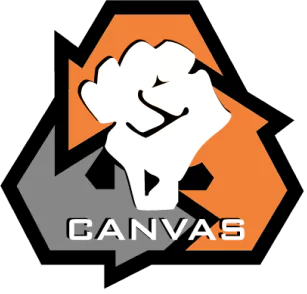Mar 16, 2010-2010
Thailand
Red Shirt Campaign
Share
ACTIVISTS/ACT.GROUPS/DESCRIPTION OF THE GROUP
United Front for Democracy Against Dictatorship (UDD) - composed of poor, rural workers and farmers from North Thailand; fellow supporters of former Prime Minister Thaksin
TARGET
Prime Minister Abhisit Vejjajiva, Thai Government
WIDELY HELD BELIEF
Unstable parliaments must be dissolved and re-elections should be held.
CASE NARRATIVE
Issue and Opponent: Thailand’s government has historically operated in an unstable manner with 17 different constitutions since 1932, and its leadership constantly switches between democracy and dictatorship. Prime Ministers are rarely able to serve the full length of their term before being ousted. The most recent occurrence of a Prime Minister forcefully removed from power transpired in 2006 when a military coup led by the People’s Alliance for Democracy (PAD) ousted Thaksin Shinawatra. PAD is one of two sociopolitical groups in Thailand. UDD is the other, standing for the United Front for Democracy against Dictatorship. UDD is also known as the Red Shirts, and they were the group backing the former Prime Minister, Thaksin Shinawatra. The Yellow Shirts, PAD, were responsible for organizing a coup so PAD candidate, Abhisit Vejjajiva, could seize power. PAD also worked to ban the UDD party and exile Thaksin. Exiled, former Prime Minister Thaksin called for his supporters in Thailand to rally in his defense after Abhisit seized roughly 50 billion bahts worth of Thaksin’s assets in February 2010.
Dilemma Action: The UDD immediately gathered in Bangkok to protest nonviolently. The government swiftly imposed the Internal Security Act, which enforced curfews and limited the movement of the people, being monitored by the military. However, by March 12, over 50,000 Red Shirt protesters had gathered in Bangkok with red clothes, flags, and banners. The protesters were demanding parliament be dissolved and new elections to be held immediately. They played music, danced and chanted in the streets, and played the voice recordings of prominent leaders. After roughly a week of protesting, the total count had amounted to 150,000 individuals gathered in the streets, shutting down traffic and, eventually, the financial district of the city. The Red Shirts collected blood from the protesters and promised to toss the blood on the government building if the demands were not met. On March 16, they tossed approximately 300 liters of blood on the main government building, which was the lawn of PM Abhisit’s house. While this did not provoke the government to take action, it was symbolic, as it garnered international media attention. On March 21, the protesters continued their demonstrations by gathering pictures, poems, and other artistic works they displayed on a large canvas alongside the blood of the protesters. Outcomes: Abhisit claimed he would agree to meet with some protest leaders, but the UDD knew neither side was willing to negotiate. After another two weeks of protests, the military attempted to take back control of the streets with force. They were unsuccessful, and the Red Shirts only pushed back harder by building bunkers in the streets. At this point, the Yellow Shirts began their protests against the government for not having stopped the Red Shirts. On May 3, Abhisit attempted to offer concessions by agreeing to hold an election on November 14. This was first accepted, then rejected, by the Red Shirt leaders, as they wanted the government officials involved in protesters’ deaths to be reelected as well. Abhisit took military action on May 14. Over 40 protesters died during this time. The camps were broken up and most of the red shirts surrendered or fled. Activities officially ended on May 20. While the Red Shirts did not achieve their goal of having Abhisit dissolve parliament and hold reelections, they did gain a substantial amount of international media attention which gained a lot of foreign support and sympathy for their struggle. They planned to continue working later that year in October 2010. Larger Campaign: This protest was part of a larger campaign to dissolve the parliament in Thailand, hold reelections, and bring back the UDD as a constitutional party.
PRIMARY STRUGGLE/GOAL
NONVIOLENT TACTICS USED
DA TACTICS USED
Banners/posters/displayed communications
CASE NARRATIVE WRITER
SUCCESS METRICS
9 / 12
(MC) Media Coverage
(MSYMP) Media coverage was sympathetic to the activists
(OR) Opponent response
(PS) Dilemma action built sympathy with the public
(PUN) Punishment favored the activists
(REFR) Dilemma action reframed the narrative of the opponent
(RF) Dilemma action reduced fear and/or apathy among the activists
(SA) Dilemma action appealed to a broad segment of the public
Artivism
PART OF A LARGER CAMPAIGN
3 / 3
Activist group continued working together after the action
Encouraged more participants to join the movement
Internally replicated by the same movement
RESOURCES
Project documentation
Dilemma Actions Coding Guidebook
Case study documentation
Dilemma_Actions_Analysis_Dataset
SOURCES
Heck, Matthew. 2010. “Thai Red Shirts protest against Thai Government, 2010
,” Global Nonviolent Action Database. Retrieved July 22, 2023. (https://nvdatabase.swarthmore.edu/content/thai-red-shirts-protest-against-thai-government-2010).
https://www.nytimes.com/203/17/world/asia/17thai.html. Accessed April 15, 2022.
Ungpakorn, Giles. 2009. “Class Struggle between the Coloured T-Shirts in Thailand,” Journal of Asia Pacific Studies. Retrieved July 22, 2023. (https://www.researchgate.net/publication/44024705_Class_Struggle_Between_the_Coloured_T-Shirts_in_Thailand).
Human Rights Watch. 2011. “Thailand’s 2010 Red Shirt Protests and the Government Crackdown,” Retrieved July 22, 2023. (https://www.hrw.org/report/2011/05/03/descent-chaos/thailands-2010-red-shirt-protests-and-government-crackdown).
Forsyth, Tim. 2010. “Thailand’s red shirt protests: popular
movement or dangerous street theatre?” LSE Research Online. Retrieved July 22, 2023. (http://eprints.lse.ac.uk/30644/1/Forsyth_Thailand’s_red_shirt_protests_2010.pdf).
Related cases
Mar 3, 2019-2019
Venezuela
Issue and Opposition: Nicolás Maduro Moros has been the president of Venezuela since 2013 despite strong allegations of corruption and oppression against him. Maduro’s...
/
May 30, 2010-2010
Palestine
The issue at hand was the Israeli-Egyptian blockade of the Gaza strip prevented Palestinians from securing food, fuel, cooking gas, medical supplies, and potable water...
/
Oct 29, 2020-2020
Thailand
Sirivannavari is King Maha Vajiralongkorn’s daughter and in October 2020, protesters said taxpayer’s money was wasted on the international promotion of her...
/
Subscribe to our newsletters to get full access to all materials on our website.

